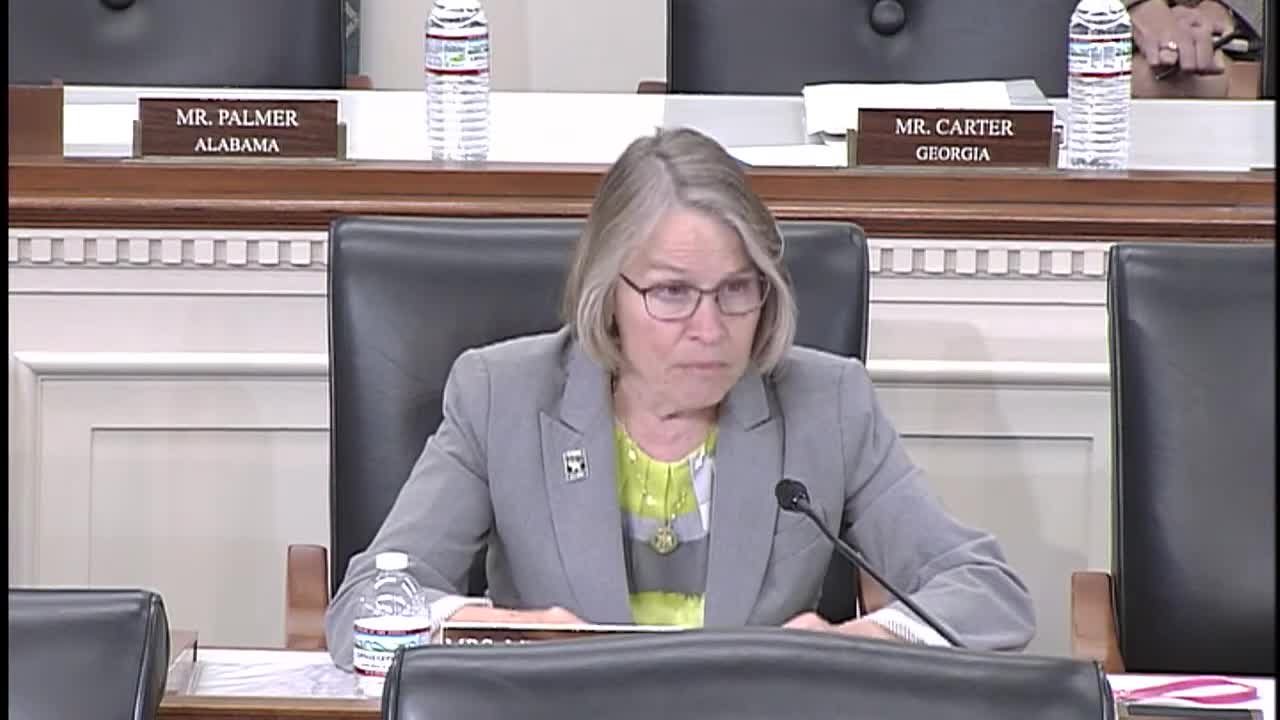
This article was created by AI using a video recording of the meeting. It summarizes the key points discussed, but for full details and context, please refer to the video of the full meeting. Link to Full Meeting
One of the key issues discussed was the broad definition of CCR management units under the 2024 legacy rule. This definition could potentially regulate foundational materials used in buildings, roads, and rail spurs, creating legal and financial uncertainties for projects that rely on coal ash. Representatives from the American Coal Ash Association (ACAA) indicated that while they are still gathering specific examples of how this overreach has delayed or canceled investments, the implications for local development are concerning. The fear is that beneficial uses of coal ash, which are currently accepted within the confines of power plants, may no longer be viable outside those boundaries.
The meeting also addressed the challenges posed by federal assessments that do not consider site-specific conditions. Witnesses pointed out that remote evaluations could lead to flawed conclusions about the safety and design of coal ash management, which could ultimately affect local infrastructure projects. This lack of tailored assessments raises questions about the effectiveness of the new regulations and their potential to hinder community development.
Additionally, the discussions revealed that while some companies, like APCO, successfully sell over 90% of their fly ash for beneficial reuse, the new EPA definitions could threaten these practices. This change could discourage the recycling of coal ash, leading to increased disposal needs and potentially higher costs for local governments and taxpayers.
As the committee continues to evaluate these regulations, the outcomes will be crucial for communities that depend on coal ash for construction and infrastructure projects. The potential for increased regulatory burdens could stifle local economic growth and development, making it essential for lawmakers to consider the real-world impacts of these rules on their constituents. The committee's ongoing review will determine the next steps in addressing these pressing concerns and ensuring that community needs are met.
Converted from A Review of Congressional Action, EPA Rules, and Beneficial Use Opportunities for Coal Ash meeting on June 27, 2025
Link to Full Meeting
Comments
View full meeting
This article is based on a recent meeting—watch the full video and explore the complete transcript for deeper insights into the discussion.
View full meeting